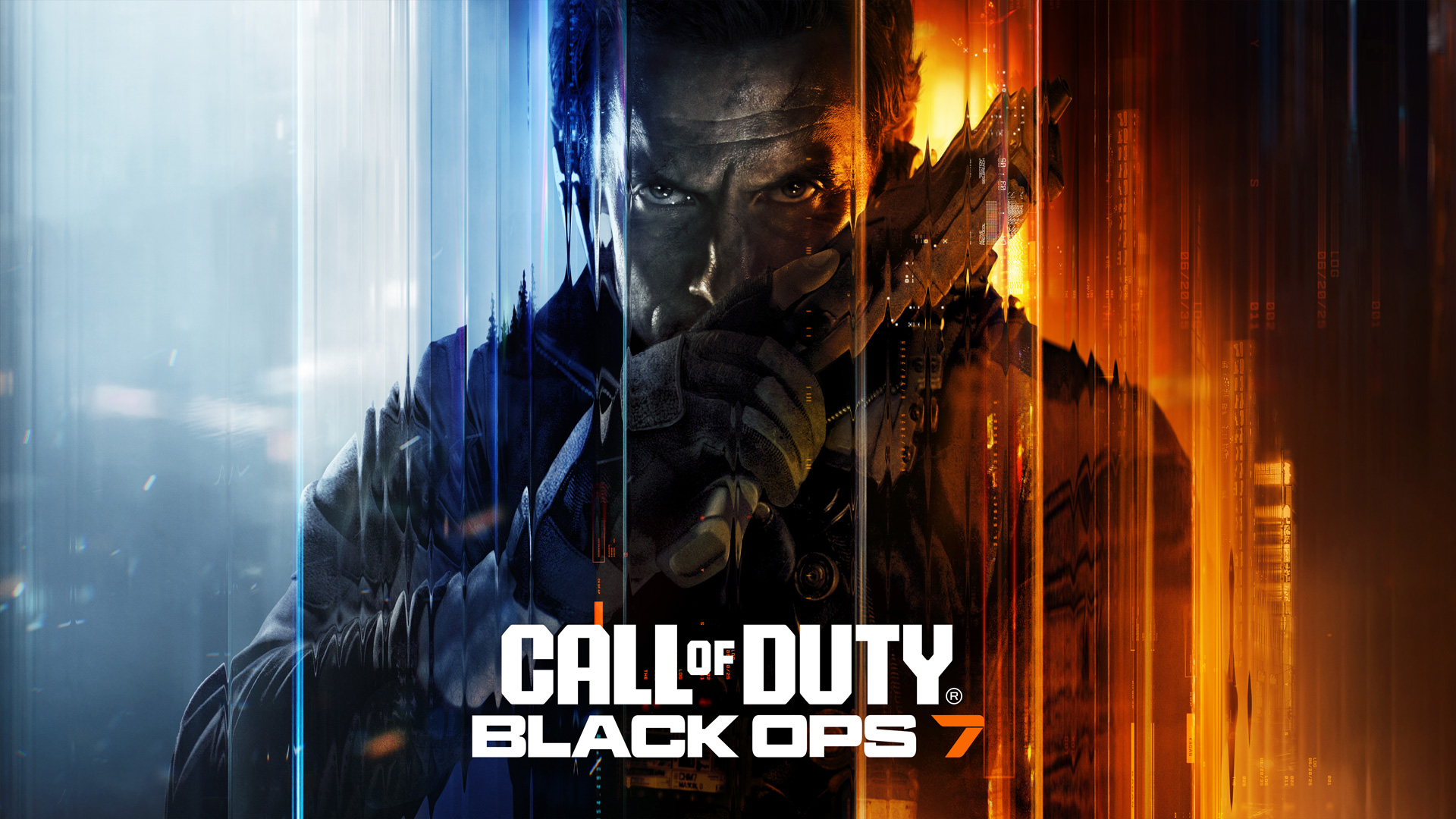Harbor Master - Review

Touch-screen gaming has its advantages and disadvantages. We’ve all played games like Earthworm Jim that try to replicate traditional console controls on the touch screen with limited success. But building a game around the advantages of a touch screen can produce wonderful results and even new genres. Such was the case with Firemint’s Flight Control – the first line drawing game. It played like nothing else and sold like crazy on numerous platforms, including Windows Phone. Every good idea can be improved upon, as developer Imangi shows with Harbor Master. Its nautical theme and new mechanics will keep Flight Control fans and new players alike enthralled for quite some time.
Chart a course past the break for our full review.
Master and Commander
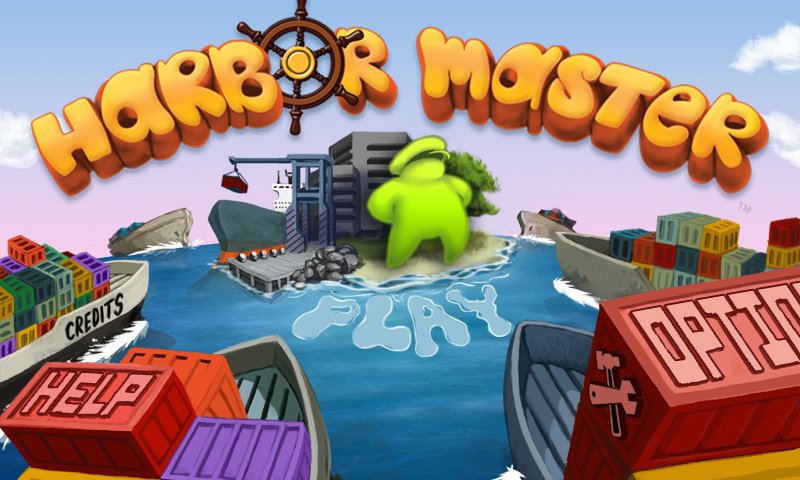
Harbor Master places the player in control of a harbor’s shipping traffic. Each level consists of an island or coast with one or more docks. Cargo boats enter the screen from random directions. It’s up to the player to direct them to port while preventing collisions. To do this, tap on any boat and draw a path for it to take. Unlike Flight Control, ships don’t disappear after they’ve docked. You’ll need to direct them safely off-screen while managing oncoming traffic. All sorts of circles, back and forth scratches, and wiggly lines will ensue.
Land ho!
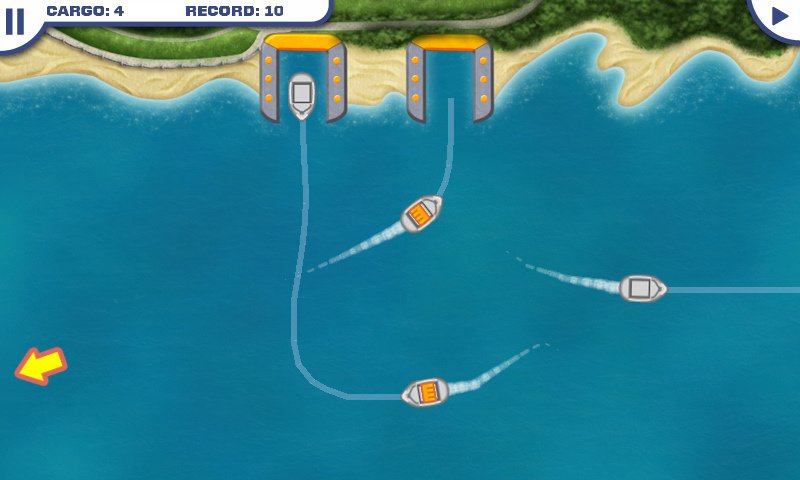
Harbor Master also differs from Flight Control in that boats can’t travel over land. Thus the shape of each map actually changes the way it plays compared to other maps. Some map layouts only allow ships to enter and leave the screen from a few different places, while others like Cyclone Island are far more open. Speaking of land, ships mercifully don’t crash when they touch it. They bounce safely away; it’s other ships and hazards that players need to worry about. One wreck results in a game over.
It’s not the size that counts
All the latest news, reviews, and guides for Windows and Xbox diehards.
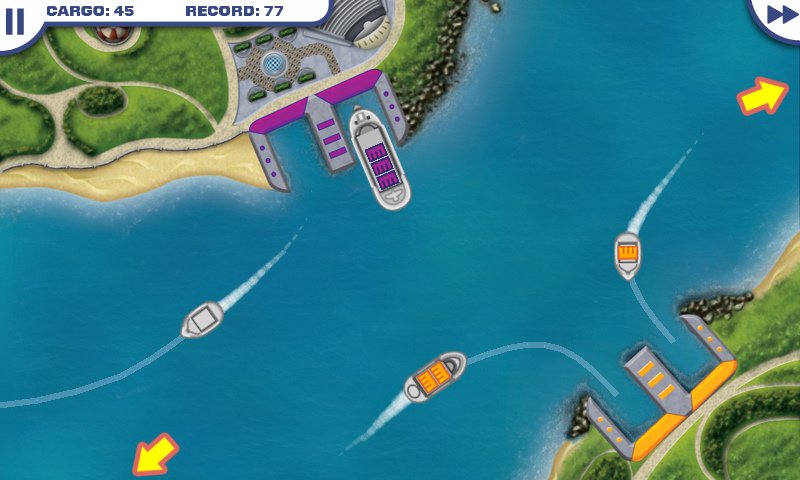
Harbor Master’s ships come in four sizes and carry from one to four cargo units a piece. Larger, slower ships often pose a threat because they take so long to safely reach port and leave the screen, but at least they deliver the most cargo. Skillful players will learn to plot a path to port for a large ship and then have a small, fast ship slip in and out of the same dock before the big one arrives.
Multitude of Maps
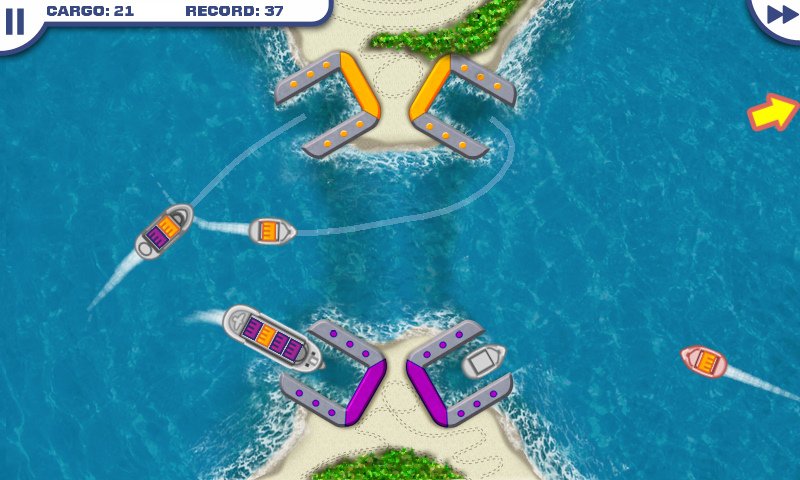
Harbor Master includes seven different maps – one more than Flight Control. Besides their unique land configurations, several maps have their own hazards and conditions that add beloved variety.
- Fishing Bay: The standard level has two docks on a coast at the top of the screen.
- Cyclone Island: An artificial island with three ports rests at the center of the map. Cyclones randomly appear in the water, sending any ships they touch in random directions. Despite the danger of these twisters, many people find Cyclone Island to be the easiest map due to its wide open layout.
- Sturgeon Creek: A river port with two docks on each side of the river. This is the first map to feature multiple colors of cargo: purple and yellow.
- Cannon Beach: Pirates! This map comes with three docks on one side of the screen and a single cannon on the other. Pirate submarines attack incoming boats, stealing their cargo or sinking them, which ends the game. Fight back by sinking the pirates with the cannon. What should be one of the most fun maps is semi-ruined by an extremely annoying Achievement. More on that in a bit.
- Smugglers’ Reef: Ships here can carry two different colors of cargo, so they’ll need to stop off at both types of ports before leaving the screen. Not easy.
- Monster Cove: Tentacled sea monsters randomly appear inside this map’s three docks, scaring off or capturing ships. Tap them rapidly to scare them away.
- Cargo City: The most complex map, Cargo City has a whopping six ports and three different colors of cargo. Stop by for a challenge.
Graphics and sound

Like Flight Control, Harbor Master features a very simple art style rather than flashy graphics. It fits the game’s easy-to-learn nature. But the Windows Phone version of Harbor Master looks a bit rougher during game play thanks to the actual lines that players draw. Here lines come out angular instead of smooth, though it doesn’t actually affect game play.
My other complaint is the water: it’s completely stationary. Non-animated water just doesn’t look right to me. If Imangi ever releases a sequel, some subtle waves or glistening effects would be welcomed.
Harbor Master may look a little worse than Flight Control, but it sounds much better. Both games only play a single song during gameplay, but Harbor Master’s tropical tune is catchy rather than annoying. That’s a win. More musical diversity still would have been nice though.
Achievements

In score-based games with no definite endings, Achievements serve the important role of giving players goals to aim for. Harbor Master has a handful of creative Achievements that enhance the experience, like Speed Demon, awarded for scoring 100 points on Fast Forward. I also enjoyed going after Perfectionist, which requires the player to acquire 50 cargo without receiving any warnings (allowing ships to get too close to each other). Most of us are unlikely to get those on the first try, but they’ll come with a little practice and the proper map selection (Cyclone Island).

On the opposite end of the fun spectrum lies the Pacifist Achievement. It involves delivering fifty cargo units on the Cannon Beach map without sinking any pirate ships. The stage soon swarms with dual pirate ships that must be avoided at all costs. But slow moving larger ships can’t outrun them, so they’re goners unless you manage to distract the pirates with a smaller ship. Pirates and large ships often spawn next to each other with no way for the player to escape unscathed (outside of using the cannon and failing the Achievement run). The random and unfair nature of this Achievement means it can take hours of retries to earn.
As gamers work on the tougher Achievements, they’ll also make progress towards the big one: Harbor Master. Flight Control had an Achievement for earning 10,000 lifetime points, but Harbor Master ups the ante to a whopping 50,000. Sure, it rewards true (and perhaps unhealthy) Harbor Master dedication, but a smaller number would have been far more merciful.
Overall Impression
Harbor Master’s Achievements may ask for crazy amounts of players’ time, but at least they’re not impossible like Doodle Jump’s. Most importantly, this game is just incredibly addictive. Even when you get a game over, it always feels like you could do better on your next try. Harbor Master builds on the solid foundations of its aerial inspiration by adding a handful of unique game play mechanics and more varied stages. This is easily the best line-drawing game on Windows Phone and an impressive debut from Imangi.
Harbor Master costs $2.99 and has a free trial. Pick it up here (Zune link) on the Marketplace.

Paul Acevedo was formerly a Games Editor at Windows Central. A lifelong gamer, he has written about videogames for over 15 years and reviewed over 350 games for our site. Follow him on Twitter @PaulRAcevedo. Don’t hate. Appreciate!
